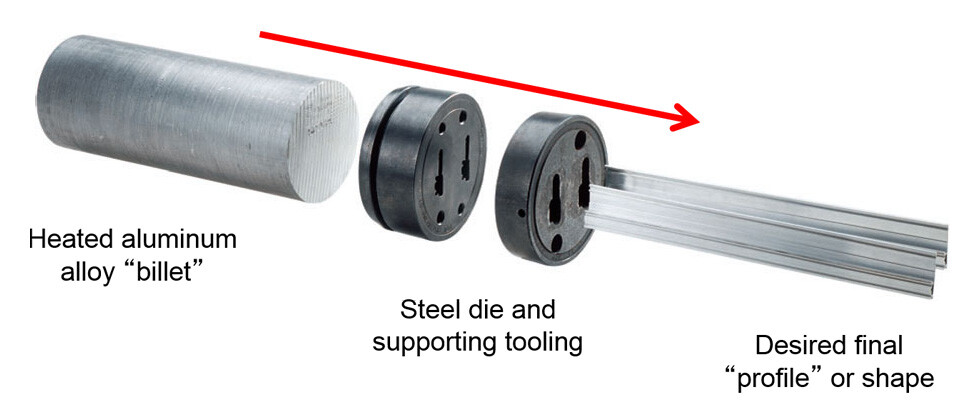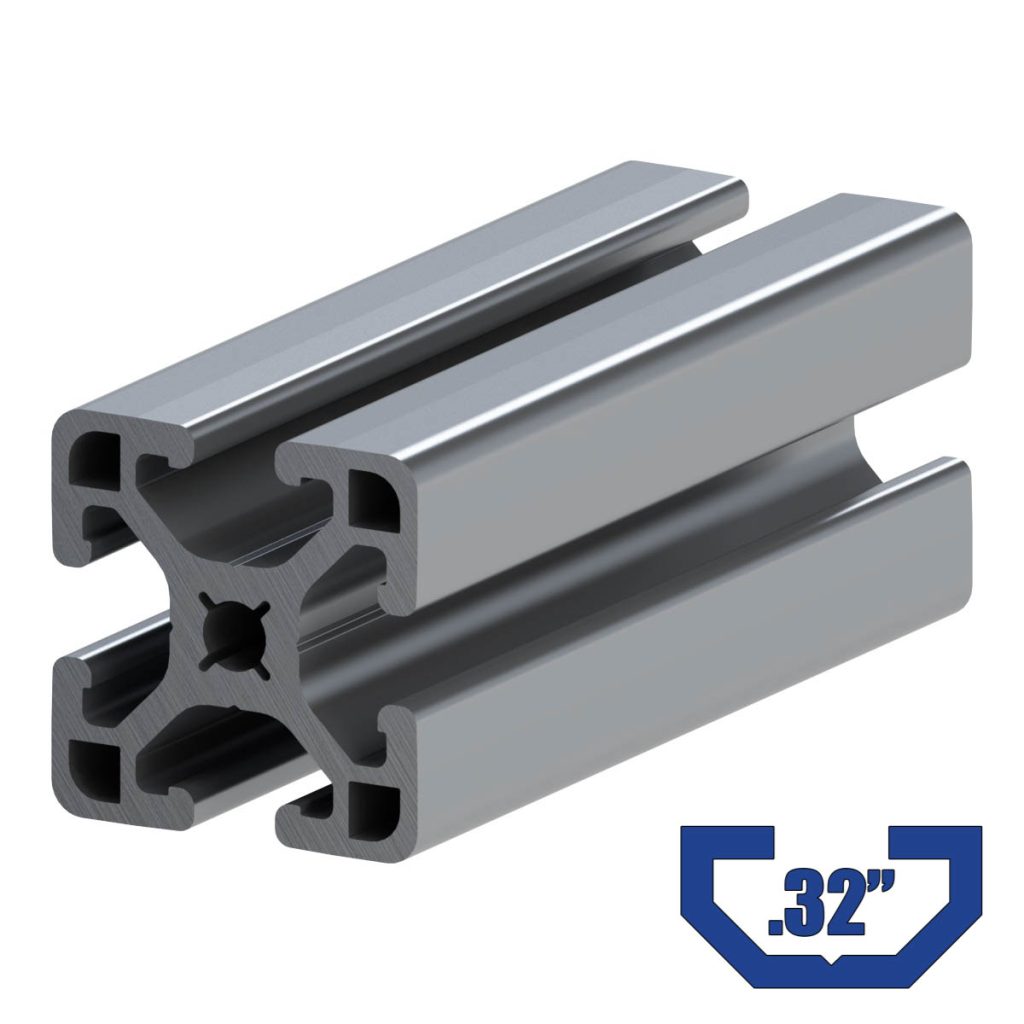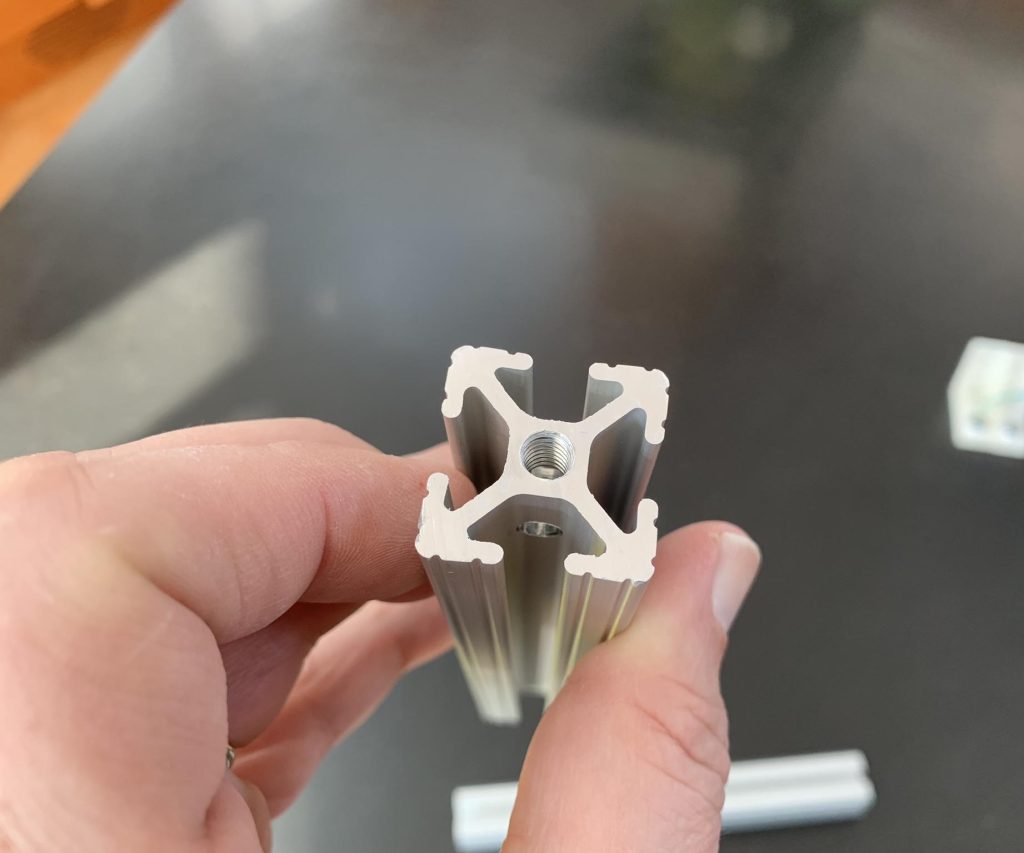Table of Contents
- How Straight Are Aluminum Extrusions?
- Frequently Asked Questions
- How straight are aluminum extrusions?
- What is the tolerance for straightness in aluminum extrusions?
- What factors can affect the straightness of aluminum extrusions?
- Can aluminum extrusions be straightened if they are not straight?
- Are there any standards or certifications for the straightness of aluminum extrusions?
Aluminum extrusions have become an essential component in various industries due to their versatility and cost-effectiveness. However, one question that often arises is, “How straight are aluminum extrusions?” This topic has gained attention as the straightness of the extrusions can significantly affect the final product’s quality and performance.
It is crucial to understand the factors that affect the straightness of aluminum extrusions. From the manufacturing process to the handling and transportation, any deviation from the optimal conditions can affect the extrusion’s straightness. In this article, we will explore the different aspects that contribute to the straightness of aluminum extrusions and how manufacturers ensure the highest quality standards.
Aluminum extrusions are typically very straight, with a maximum deviation of 0.015 inches per foot. This is due to the nature of the extrusion process, which involves forcing heated aluminum through a die to create a specific shape. The resulting extrusion is then cooled and cut to length. However, it’s important to note that some factors, such as the quality of the raw material and the precision of the die, can affect the straightness of the final product.
How Straight Are Aluminum Extrusions?
Aluminum extrusions are widely used in various industries for their light weight, high strength, and versatility. One of the critical factors that determine the quality and performance of aluminum extrusions is their straightness. In this article, we will discuss how straight aluminum extrusions are and what factors affect their straightness.
What is Straightness in Aluminum Extrusions?
The straightness of aluminum extrusions refers to the deviation of their actual shape from a perfect straight line. Straightness is typically measured as a deviation from the straight line over a certain length, expressed in terms of arc or angle. The straightness tolerance for aluminum extrusions varies depending on the specific application and the extrusion process used.
Several factors can affect the straightness of aluminum extrusions, including the extrusion process, the alloy used, the cooling rate, and the post-extrusion processes such as stretching and bending.
Factors Affecting Straightness of Aluminum Extrusions
Extrusion Process:
The extrusion process used to manufacture aluminum extrusions affects their straightness. Extrusion processes such as hot extrusion and cold extrusion have different impacts on straightness. Hot extrusion involves heating the aluminum billet to a high temperature, making it easier to extrude. However, hot extrusion can lead to more significant deviations from straightness due to thermal expansion and contraction. On the other hand, cold extrusion involves extruding the aluminum billet at room temperature, resulting in greater straightness of the extruded profile.
Alloy Used:
The alloy used to manufacture aluminum extrusions also affects their straightness. Different alloys have different thermal expansion coefficients, which can impact the straightness of the extruded profile. For example, 6061 aluminum alloy has a relatively high thermal expansion coefficient, which can cause it to warp during the cooling process, leading to deviations from straightness.
Cooling Rate:
The cooling rate during the extrusion process affects the straightness of aluminum extrusions. Rapid cooling can cause thermal stresses in the extruded profile, leading to warping and deviations from straightness. On the other hand, slower cooling rates can result in better straightness.
Post-Extrusion Processes:
Post-extrusion processes such as stretching and bending can also affect the straightness of aluminum extrusions. Stretching or bending can cause the extruded profile to warp, leading to deviations from straightness.
Benefits of Straight Aluminum Extrusions
Straight aluminum extrusions have several benefits, including:
Improved Aesthetics:
Straight aluminum extrusions have a clean and sleek appearance, making them ideal for applications where aesthetics are essential, such as architectural applications.
Better Performance:
Straight aluminum extrusions offer better performance in applications where straightness is critical, such as in structural applications.
Cost Savings:
Straight aluminum extrusions can result in cost savings by reducing the need for additional post-extrusion processes to correct deviations from straightness.
Straight Aluminum Extrusions Vs. Bent Aluminum Extrusions
Bent aluminum extrusions are profiles that have been bent into a specific shape or angle. While bent aluminum extrusions have their advantages, such as flexibility and design versatility, they may not offer the same level of straightness and performance as straight aluminum extrusions. Straight aluminum extrusions are typically stronger and more rigid than bent aluminum extrusions, making them ideal for structural applications.
Conclusion
The straightness of aluminum extrusions is an essential factor that determines their quality and performance. Several factors can impact the straightness of aluminum extrusions, including the extrusion process, the alloy used, the cooling rate, and post-extrusion processes such as stretching and bending. Straight aluminum extrusions offer several benefits, including improved aesthetics, better performance, and cost savings. When choosing between straight aluminum extrusions and bent aluminum extrusions, it is essential to consider the specific application and the level of straightness required.
Frequently Asked Questions
Here are some common questions and answers regarding the straightness of aluminum extrusions:
How straight are aluminum extrusions?
Aluminum extrusions are typically very straight. The manufacturing process involves pushing a heated billet of aluminum through a die, which results in a uniform shape with consistent dimensions. However, there can be some slight variation in straightness due to the cooling process and handling during transportation and storage.
Manufacturers use a variety of methods to ensure the straightness of their extrusions, including visual inspection, mechanical testing, and laser measurement. Any extrusions that do not meet the required straightness specifications are typically rejected or can be straightened using specialized equipment.
What is the tolerance for straightness in aluminum extrusions?
The tolerance for straightness in aluminum extrusions can vary depending on the specific application and the manufacturer’s specifications. Generally, the allowable deviation from perfect straightness is measured in thousandths of an inch per foot of length. For example, a common tolerance for architectural extrusions is 1/8 inch per 10 feet of length.
It’s important to note that even extrusions that fall within the allowable tolerance may not appear perfectly straight to the naked eye. However, they should still be suitable for their intended use and meet the requirements of the customer.
What factors can affect the straightness of aluminum extrusions?
Several factors can contribute to variations in the straightness of aluminum extrusions. One of the most significant is the cooling process. As the extruded aluminum cools, it can contract unevenly, causing slight bends or warping. Additionally, mishandling during transportation or storage can cause damage that affects straightness, as can excessive bending or forming during fabrication.
To minimize these factors, manufacturers take great care to control the cooling process and packaging of their extrusions, as well as provide guidelines for proper handling and fabrication. Customers can also take steps to ensure the straightness of their extrusions, such as storing them on flat surfaces and avoiding excessive bending or forming.
Can aluminum extrusions be straightened if they are not straight?
Aluminum extrusions that are not straight can often be straightened using specialized equipment. This process involves applying force to the extrusion in a controlled manner to bend it back into shape. However, it’s important to note that this process can be time-consuming and expensive, and may not be possible for severely bent or warped extrusions.
To avoid the need for straightening, it’s best to select extrusions that meet the required straightness specifications and handle them carefully during transportation, storage, and fabrication. If straightening is necessary, it should be performed by a qualified professional using appropriate equipment and techniques.
Are there any standards or certifications for the straightness of aluminum extrusions?
Yes, there are several industry standards and certifications related to the straightness of aluminum extrusions. One of the most widely recognized is the Aluminum Association’s “Aluminum Standards and Data” publication, which includes specifications for the tolerances of various extrusion shapes and sizes.
In addition, many manufacturers have their own internal quality control standards and may also hold certifications from organizations such as ISO or ASTM. Customers can request information about a manufacturer’s quality control processes and certifications to ensure that their extrusions meet the required specifications for straightness and other characteristics.
In conclusion, the straightness of aluminum extrusions is an important factor to consider when selecting materials for construction projects. It is crucial to ensure that the extrusions are straight and free of any deformities in order to maintain the structural integrity of the final product.
One of the main ways to ensure the straightness of aluminum extrusions is to use high-quality materials and manufacturing processes. This means selecting reputable suppliers and manufacturers who have a track record of producing high-quality products.
Another important consideration is the use of proper handling and storage techniques. Aluminum extrusions should be stored in a cool, dry place and handled with care to avoid any bending or warping that could compromise their straightness.
Overall, by taking these factors into account, it is possible to ensure that aluminum extrusions are as straight as possible and suitable for a wide range of construction applications.
Request a quote today!
[contact-form-7 id="1578" title="Contact form"]
Please compress the file into a ZIP or RAR file before uploading. Alternatively, send through your RFQ by email.
enquires@unitymanufacture.com





